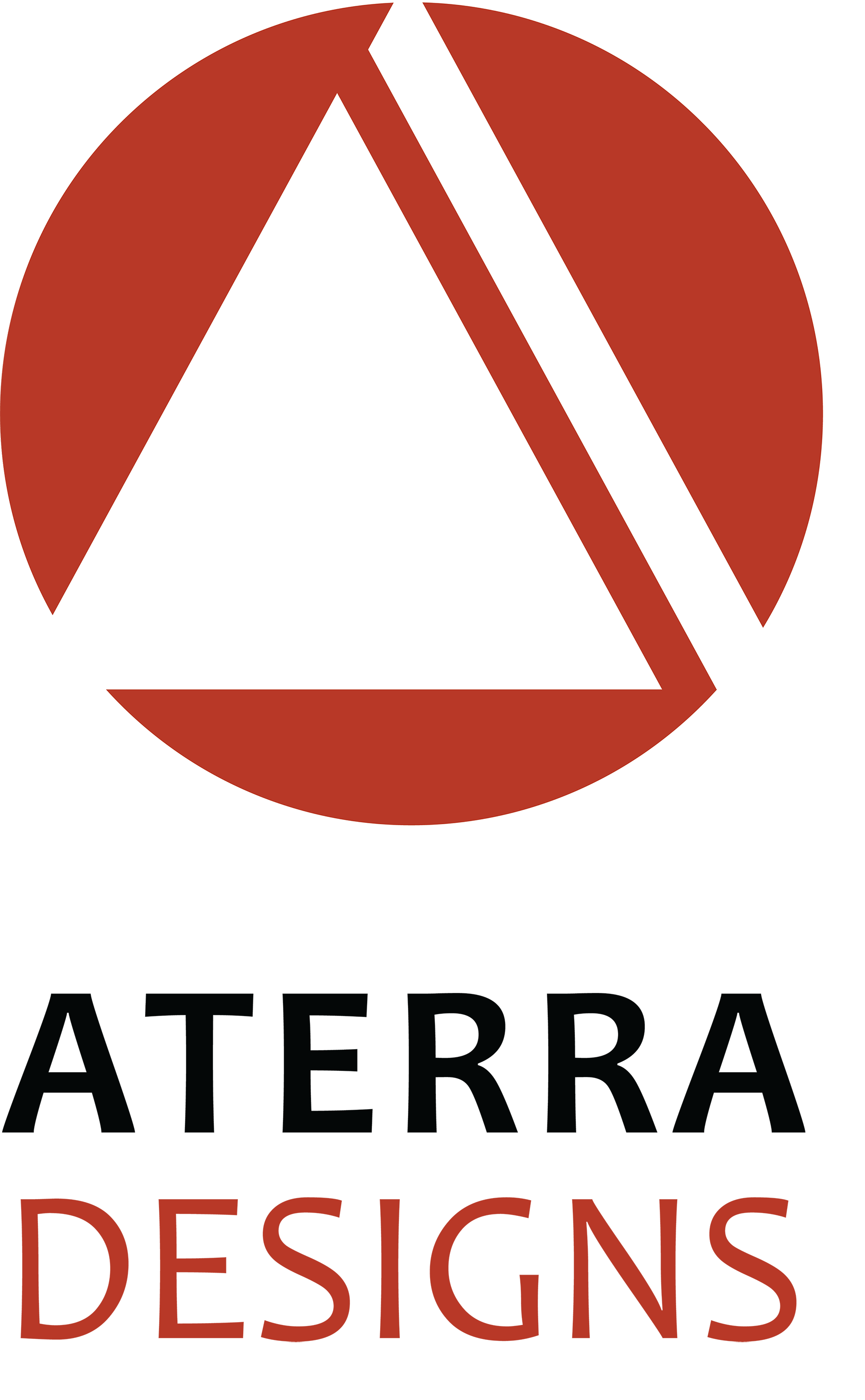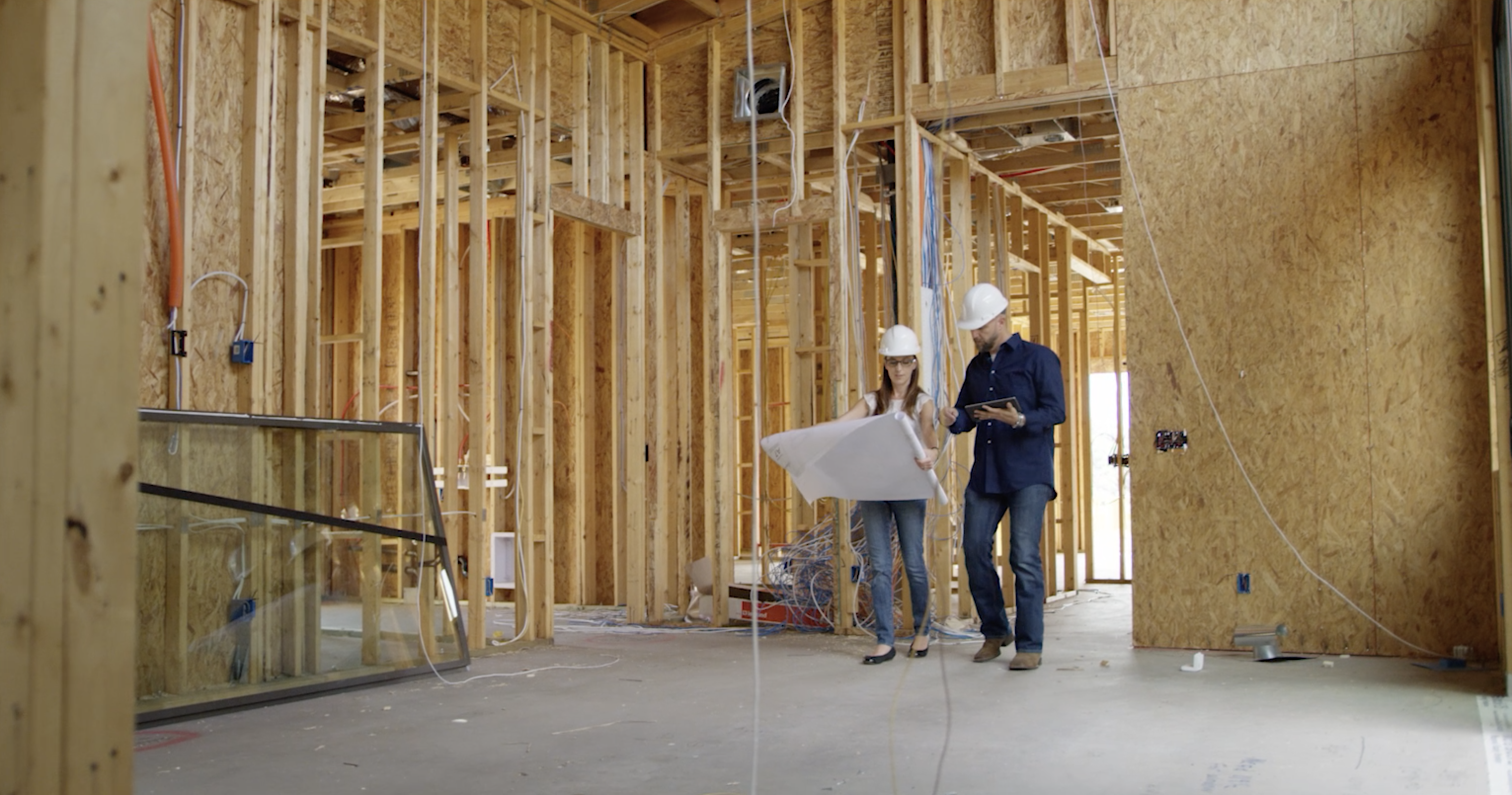Among the alphabet soup that we constantly hear in business these days, there are two that cause us to sit up and pay attention.

In our estimation, these are key players for the future of home building management. We actually keep them on the tips of our tongues and refer to them constantly as we go about our daily duties. CAD was revolutionary when it was introduced; as it supplanted manual drafting, 3D CAD was thought to be the future of design. Today, it is still a valuable tool, but there are new models that are far more exciting.
BIM and VDC
If they’re still a foreign language to you, let us offer a quick overview: They are both related to computer assisted design, and they each offer a view of planned construction that is unique and exciting. They are both collaborative and multidisciplinary. Both offer valuable insights, and are valuable for professionals involved in any aspect of design and construction. Think of them as cousins with some attributes in common, but with distinct talents and separate personalities.
BIM — or Building Information Modeling
BIM is the older of the two. It represents a positive example of “disruptive technology,” the kind that forces confirmed traditionalists to rethink the type of information they want. It is a collaborative tool, based on computer modeling, that allows input from many sources, and returns information in a new way to be accessed and utilized as needed. It was exciting when it was introduced a few years ago, and it’s still a significant resource for those charged with the task of synchronizing all systems and structures of a building so they fit together and perform the way they were planned. It goes beyond 3D CAD by offering more flexibility than is possible with a static view.
Note we describe it as a process rather than a program or a model. BIM is not a simple 3D diagram. It is most effective and efficient when used as a working document that can be endlessly tweaked and manipulated. BIM facilitates a team approach, allowing input on different functional levels; a single update in one area immediately alters all others. Successive changes remain in place, and can be viewed as a whole, or individually, even after construction is completed. It allows for troubleshooting at any stage during a project, and can be accessed to detect glitches along the way or years later.
BIM is “information-rich” and yet approachable, innovative but familiar. In many ways, it simulates a medical CT scan, allowing designers and builders an inside multi-dimensional view of the “working parts” of a building. In short, the technology facilitates, amplifies and expands on the humanistic element. Building Information Modeling ties up diverse input into one neat package that can be accessed at any time and updated effortlessly. It is an essential element in the ongoing effort to make the business of building better.
VDC stands for Virtual Design and Construction
This term defies easy description, and the concept is slightly more difficult to grasp. It is not, at its core, a virtual tool because it is not essentially reliant on digital technology, even though computer software and programs invariable add to its value.
VDC is far more encompassing, though, and represents a way of thinking in addition to addressing ways of doing. Collaboration, teamwork, old-fashioned brainstorming. new-fangled strategizing and technology all play into the mix. It is a non-specific way of approaching a project, allowing for complex decision-making and innovative methodology as well as the best technology for a specific application. In its own way, VDC can be disruptive as well, because it sometimes involves turning accepted procedure on edge or upside down.
While one common aspect of VDC is BIM, it is not necessary that the two be considered inseparable. We will continue to utilize Building Information Modeling on a daily basis as we serve our clients.
A New and Exciting Future
But Virtual Design and Construction is a newer, exciting path for us at Aterra. We view the future with great anticipation. We thrive on technology, but we also recognize that we are in a people-oriented business and our goal is to meet the needs of the people we serve, whether they are general contractors or specialty subcontractors, homebuyers, designers, architects, or suppliers and industry representatives.
We are extremely proud of our record and our past achievements. However, we have higher hopes for the future!


